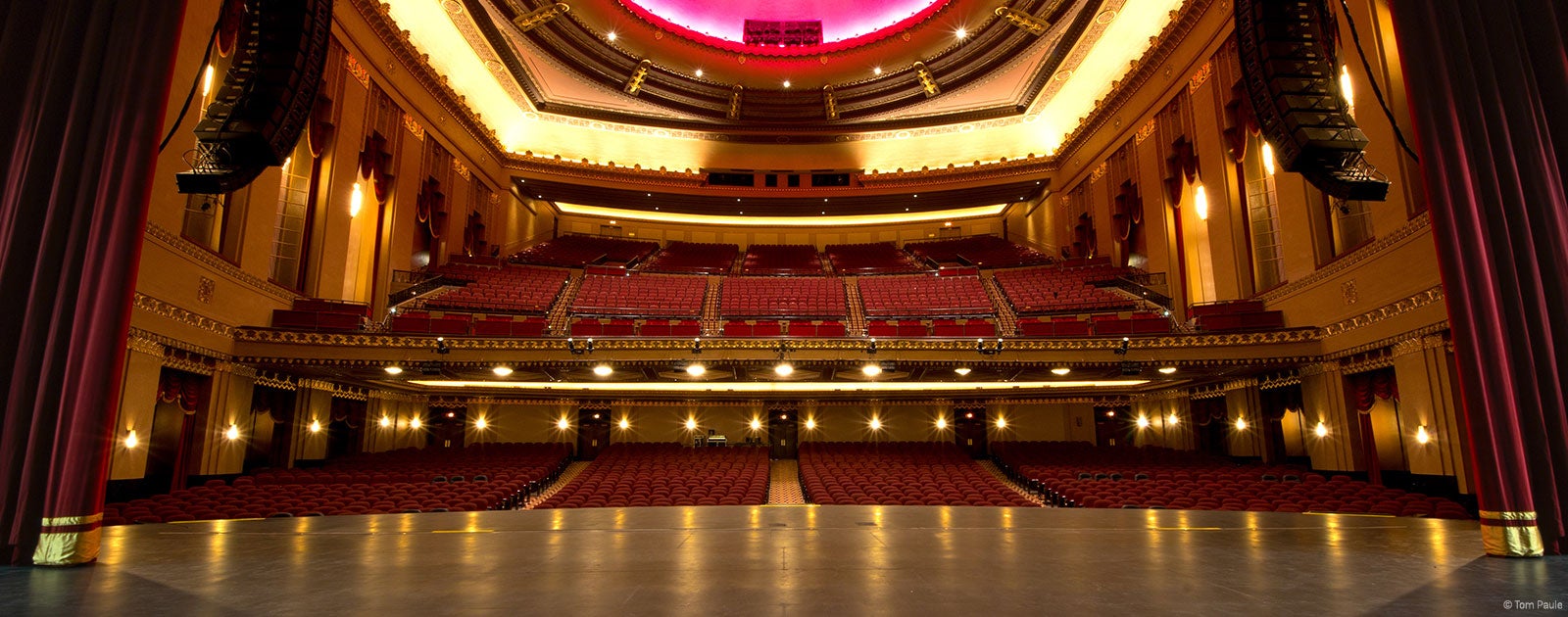
At the opening of the Tampa Theatre in Florida in October 1926, Eberson stated: “My idea for the atmospheric theater was born in Florida. The pioneer of the atmospheric theatre style was prolific theatre architect John Eberson. In contrast, the atmospheric theatre style called for a simple rounded plaster dome ceiling at a time when construction costs had escalated after the First World War and wages for ornamental plasterers had reached an all-time high. Atmospherics cost less to build than traditional theatres – which were differentiated from atmospheric theatres by being called “hard tops” in the United States, usually sporting an expensive central chandelier, a richly detailed plastered classical ceiling perhaps with gilded lines and accents, cherubs and caryatids adorning and supporting the balconies and boxes, and classical detailed murals. Atmospherics were most commonly Mediterranean or Spanish courtyards or garden settings, above which soared a cerulean or azure blue starlit sky, often with clouds drifting lazily past thanks to new technologies for the 1920s enabling the projection of moving cloud effects using light.īut the atmospheric theatre style wasn’t just about creating dazzling effects for the patron: atmospherics were also very much about the economics of running a theatre.


Atmospheric theatres were typically asymmetrical and far more playful in their design. The atmospheric theatre style eschewed the formal, box-like symmetrical designs of traditional theatre auditoria.


 0 kommentar(er)
0 kommentar(er)
